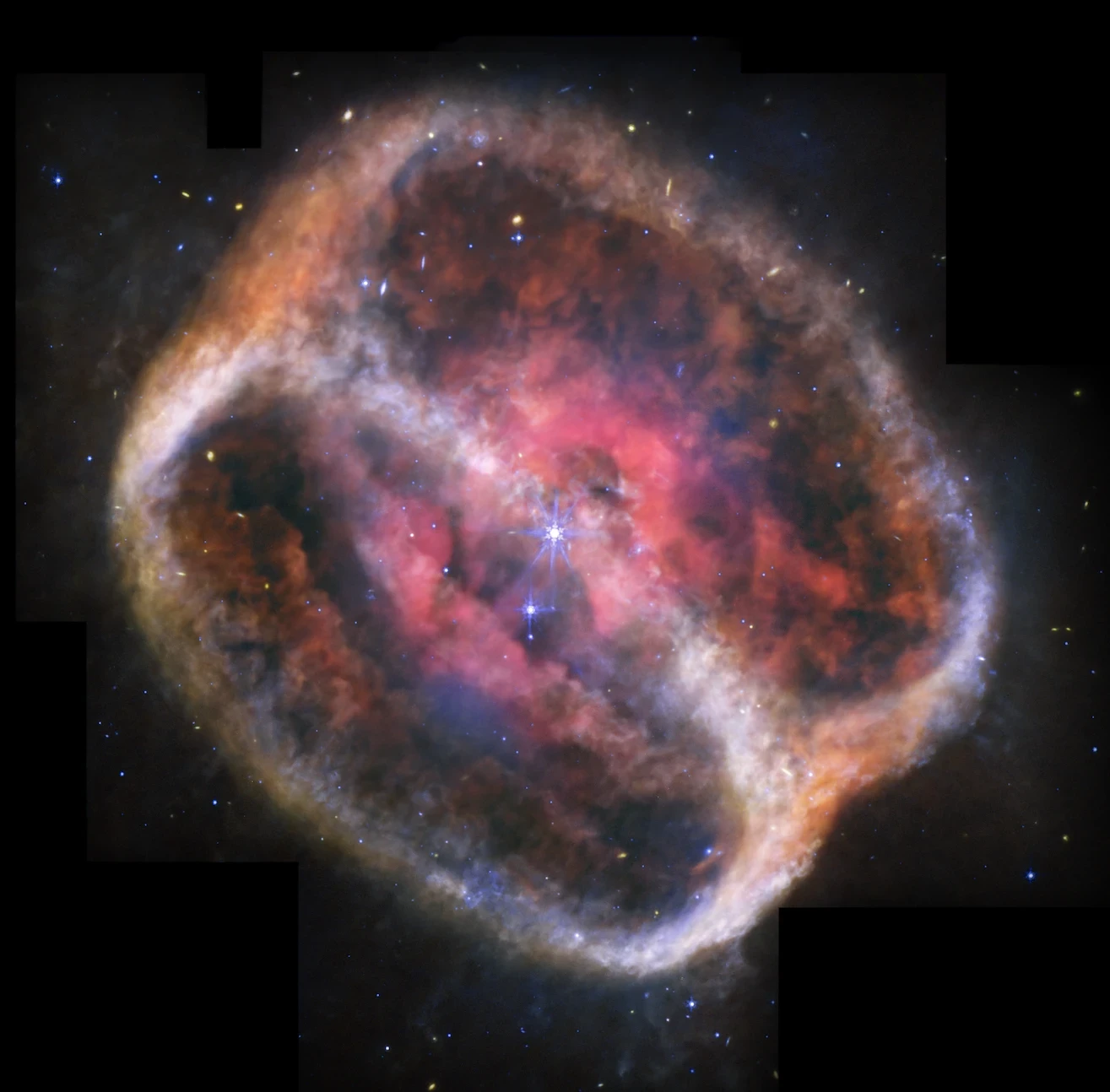The development and history of inflation theory took up much of the [first part of this article]. We also briefly noted how the BICEP2 results, which fit physicists’ expectations, were seen as a promising (some like to say groundbreaking) step towards proving inflation right.
The results of BICEP2 were met with both applause and cynicism, something not uncommon in the physics community. Some—particularly Astrophysicist David Spergel—argue that the polarisation is the result of a more common phenomenon: light scattering off stellar dust.
The question is not whether Mr Spergel—who co-wrote an interesting paper on CMBR and Raleigh scattering —is correct (light scattering under the right conditions can lead to polarisation results; this is uninterestingly called ‘polarisation by scattering’) rather the question now is whether scattering was indeed the cause of all the polarisation that BICEP2 detected.
A conundrum of tensors and scalars
Tensors, in physics and mathematics, are arrays of numbers that define some quantity. They form arrays mostly because the quantities are either defined at various points, or along all points on a continuum (in which case we have a tensor field ). A tensor’s numbers usually represent the components of vectors, so when a tensor is itself just one number, it is a scalar.
A perturbation in physics is merely something that has a (usually minor) effect on the system, such as something that alters the wavelength, perhaps. These perturbations, like everything else, are measurable. Considering the amplitude (A) and spectral index (n) in space—spectral index, to maintain the simplicity in this article, may be defined as how the amount of power emanating from an area varies with respect to frequency—we know that the perturbations with tensors (T) that remain constant irrespective of wavelengths over which they occur are said to be \(n(T)=0\).
Working similarly over amplitudes, we might define tensor perturbations of amplitude as A(T) and, say, scalars as A(S). The ratio \(r=A(T)/A(S)\) is known as the tensor/scalar ratio.
The tensor/scalar ratio—or the ratio of contribution of tensor fluctuations and scalar fluctuations in detected waves—was \(0.20\).
The next section is merely a simplified explanation of this one. If you followed the tensor explanation above, feel free to skip the next section—we will arrive at the same r=0.20 value.
Understanding the gist of it
Polarisation caused by gravitaional waves has a tensor component, while its counterpart—polarisation by fluctuations in density—has a scalar component. There are two types of polarisation possible: E-mode (for the curious, this has no curl, but has a gradient) and B-mode (with no divergence, only a curl). You may have guessed by now that these are named after electrostatic fields (which have 0 curl) and magnetic fields; they are not the same, merely analogies.
It is OK if you did not follow so far as the gist of this gets simpler: Remember that all the while when we talk of waves and wavelengths in space, we refer to those of Cosmic Microwave Background Radiations (CMBR).
This brings us to a key ideology of BICEP2 detections. B-mode polarisations cannot be caused by scalar perturbations, but neither can tensor or scalar purturbations be detected explicitly. To solve this problem, physicists measure minor angle changes in light (read, CMBR) to gather the tensor-to-scalar ratio which will help determine a statistically accurate quantity of tensors and scalars relative to each other.
The higher this is, the more tensorial the perturbations and the greater the possibility of B-mode polatisations. A ratio over 1 would mean more tensorial than scalar perturbations and therefore most certainly B-mode polarisations. The BICEP2 readings showed \(r=0.20\).
‘It seems to me though that there’s a significant possibility of some of the polarization signal in E and B not being cosmological. This is a very interesting result, but I’d prefer to reserve judgement until it is confirmed by other experiments.’
Peter Coles, Astrophysicist
Thoughts
A lot of people agree that passing any judgement on the BICEP2 results would be acting in haste. Cosmologist Neil Turok believes that the large difference between BICEP2’s and the previous B-mode measurements by Planck is discouraging. (Planck measured ((r<0.11))—see the further reading section below.)
Mr Turok also says the discrepancy (assuming Planck to be correct) could be due to disturbances i the atmosphere even in the South pole—and astrophysicist Peter Coles agrees, saying there is a possibility of some of the polarisation not being cosmological.
If BICEP2 is correct, it does herald a great step in observational astronomy, which many are calling ‘a new era of B-mode cosmology.’

